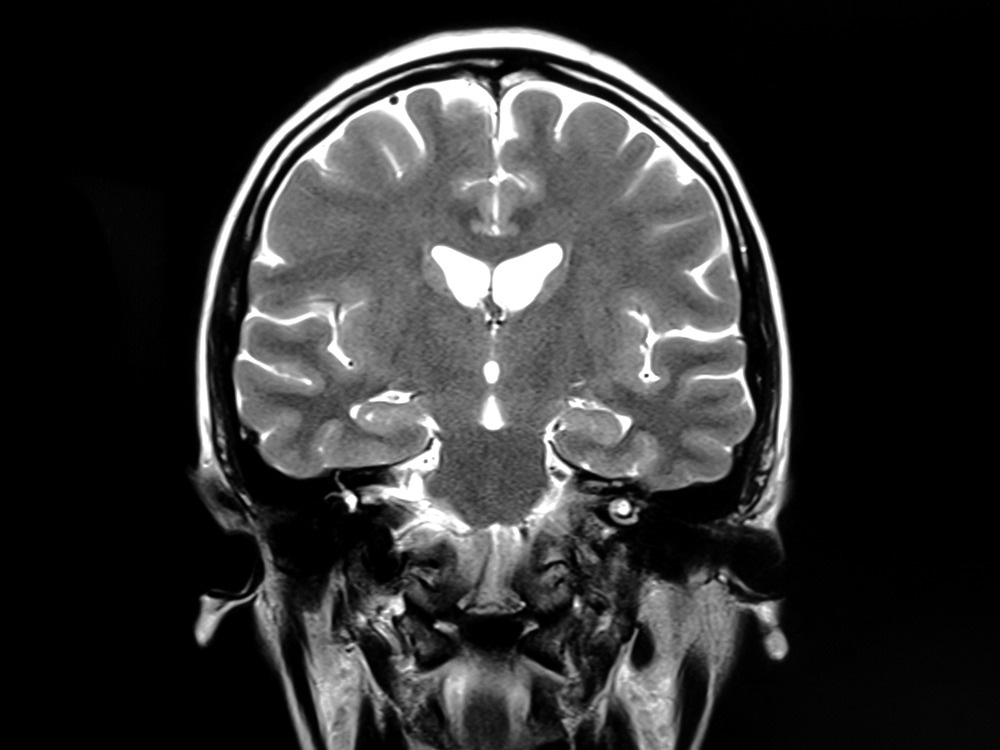In a recent study published on the medRxiv* preprint server, researchers investigate fatigue severity and brain microstructural abnormalities in patients who have recovered from mild to moderate coronavirus disease 2019 (COVID-19).

Study: Brain microstructural changes and fatigue after COVID-19. Image Credit: flowersandtraveling / Shutterstock.com
Background
Persistent fatigue and poor cognitive abilities are the most common symptoms reported among patients who have recovered from severe acute respiratory syndrome coronavirus 2 (SARS-CoV-2) infection. Despite the prevalence of these symptoms, limited studies have been conducted, with publications on post-COVID-19 brain microstructural changes also extremely limited.
About the study
In the present study, researchers investigate changes in the thickness and volume of gray matter (GM) and white matter (WM) microstructural abnormalities. A total of 56 COVID-19 patients and 37 healthy controls were included in the current study to assess and compare their cognitive capabilities and fatigue levels using magnetic resonance imaging (MRI).
COVID-19-positive (COV+) patients between the ages of 18 and 60 years were monitored for a total of four weeks after their initial diagnosis. Demographic and clinical data were collected through electronic forms for all study participants. Additionally, all neurological, chemosensory, respiratory, and constitutional symptoms experienced during the acute and post-acute phases of COVID-19 were reported.
Cognition was assessed using Montreal Cognitive Assessment (MoCA) and Cambridge Neuropsychological Test Automated Battery (CANTAB). Conversely, fatigue was assessed through the use of the Chalder Fatigue Scale (CFQ-11), with a pre-specified CFQ-11 cut-off of 16 segregated participants into no fatigue versus increased fatigue groups.
T1-weighted MRI scans were used to assess GM thickness and volume. Diffusion-weighted MRI (d-MRI) was used to extract fiber-specific apparent fiber density (FD), free water (FW) index, and diffusion tensor imaging (DTI) data to assess WM microstructural changes. Apparent fiber density (AFD) represents axonal degeneration, whereas DTI assesses WM integrity.
A fixel-based approach was used to calculate fiber-specific AFD (FD) for the fiber population within a single voxel to ultimately represent the volume of axons aligned in that direction. FW imaging and voxel-based analysis allowed the researchers to investigate post-COVID-19 structural brain damage.
FW imaging provided information on tissue changes due to neuroinflammation, atrophy, or edema. Furthermore, the voxel approach integrated all diffusion orientations of axons to calculate the total number of axons in a voxel or AFDtotal.
The MRI data were collectively used to estimate cortical thickness, the distance between the WM and GM boundaries and the pial surface, as well as deep GM nuclei volume. Cortical parcellation maps allowed for the detection of sub-millimeter differences between groups, wherein a circularly symmetric Gaussian kernel smoothened the maps.
Additionally, the researchers measured volumes of subcortical and limbic structures using procedures that assigned a neuroanatomical label to each voxel in the MRI volume. Lastly, partial correlations and general linear modeling allowed researchers to correlate d-MRI data with clinical and cognitive data.
Study findings
The COV+ group had WM microstructural changes at a mean follow-up of three months, as determined by d-MRI. These individuals also exhibited reduced fiber density in several WM tracts; however, no change in cortical thickness or limbic volume of GM was observed.
The reduced FD in the COV+ group occurred in several bundles, thereby suggesting that axonal loss might be contributing to the pathological substrate for post-COVID-19 symptoms.
A correlation between brain microstructural changes and fatigue severity was observed in the test subjects. More specifically, a negative correlation between fatigue intensity and axonal integrity measures in the cerebellar tracts and corpus callosum was reported.
The patient data provided insights into the mechanisms of post-infectious fatigue. COVID-19 patients with fatigue and cognitive difficulties exhibited altered neurotransmission within the motor cortex and deficits in executive functions and attention.
No difference in the MoCA global score and CANTAB cognitive performance was reported between the test and control groups. This is likely due to the milder COVID-19 severity of the cohort.
Conclusions
The current study could not replicate previously described DTI abnormalities. For example, DTI detected increased FA in the external capsule, corona radiata, and superior fronto-occipital fasciculus three months after COVID-19 in a previous study. However, the current study reported redistribution with decreasing intra-axonal and extra-axonal volumes and increasing FW fraction associated with cognitive impairment and COVID-19-related changes.
Taken together, the current study provided evidence on the involvement of brain substrates underlying persistent COVID-19 symptoms during mid- to long-term recovery in a non-hospitalized study population.
Future studies should follow up with these patients throughout their recovery to elucidate the underlying pathophysiology of COVID-19-related neurological damage. A serial d-MRI study is also warranted to examine non-hospitalized patients with mild COVID-19 to validate the persistence of WM changes following recovery from COVID-19.
*Important notice
medRxiv publishes preliminary scientific reports that are not peer-reviewed and, therefore, should not be regarded as conclusive, guide clinical practice/health-related behavior, or treated as established information.
- de Carvalho Bispo, D. D., de Paula Brandao, P. R., Pereira, D. A., et al. (2022). Brain microstructural changes and fatigue after COVID-19. medRxiv. doi:10.1101/2022.08.20.22279023. https://www.medrxiv.org/content/10.1101/2022.08.20.22279023v1.
Posted in: Medical Science News | Medical Research News | Medical Condition News | Disease/Infection News
Tags: Brain, Coronavirus, Coronavirus Disease COVID-19, Cortex, Edema, Fatigue, Imaging, Magnetic Resonance Imaging, Pathophysiology, Respiratory, SARS, SARS-CoV-2, Severe Acute Respiratory, Severe Acute Respiratory Syndrome, Syndrome

Written by
Neha Mathur
Neha is a digital marketing professional based in Gurugram, India. She has a Master’s degree from the University of Rajasthan with a specialization in Biotechnology in 2008. She has experience in pre-clinical research as part of her research project in The Department of Toxicology at the prestigious Central Drug Research Institute (CDRI), Lucknow, India. She also holds a certification in C++ programming.
Source: Read Full Article
